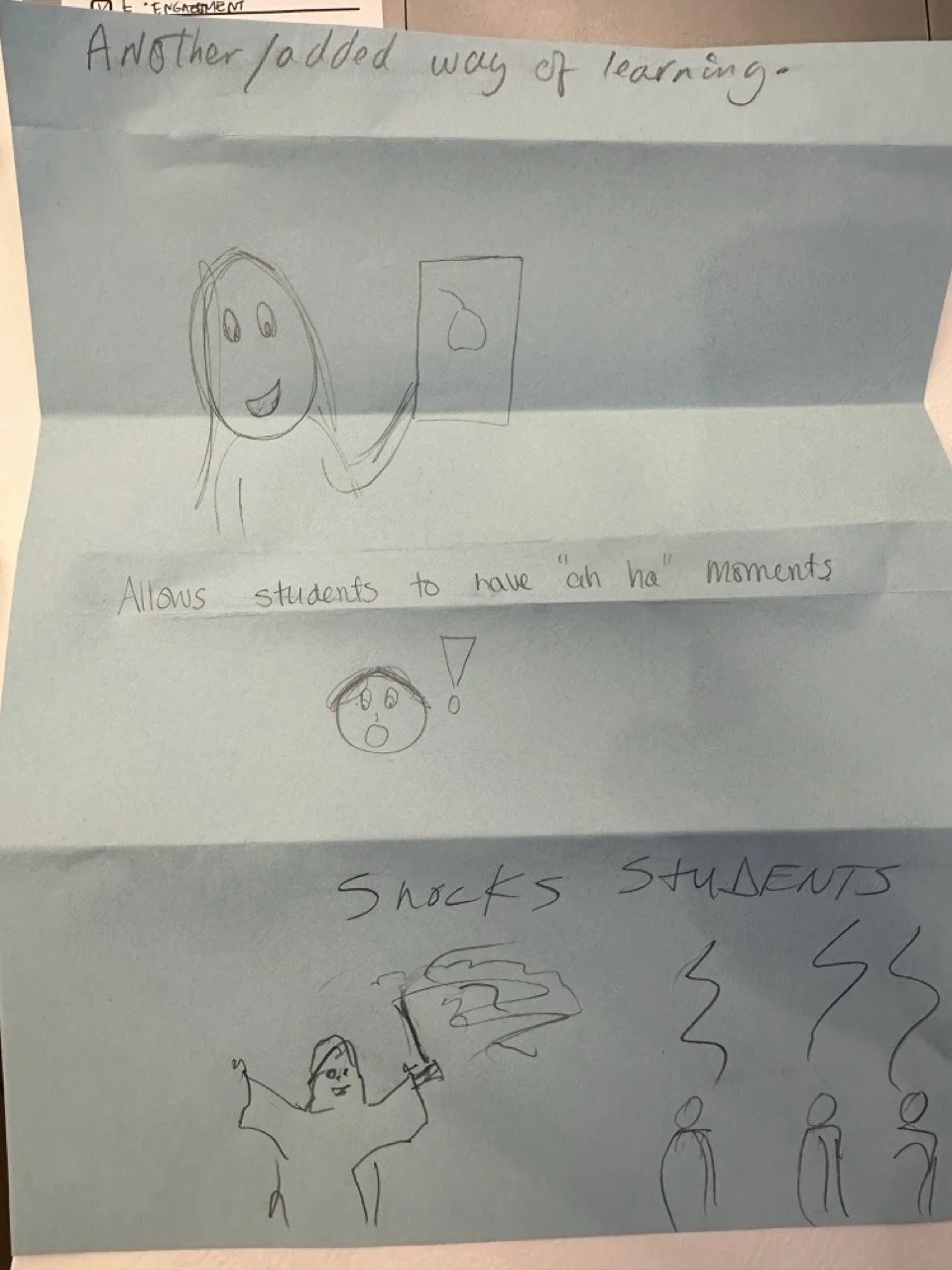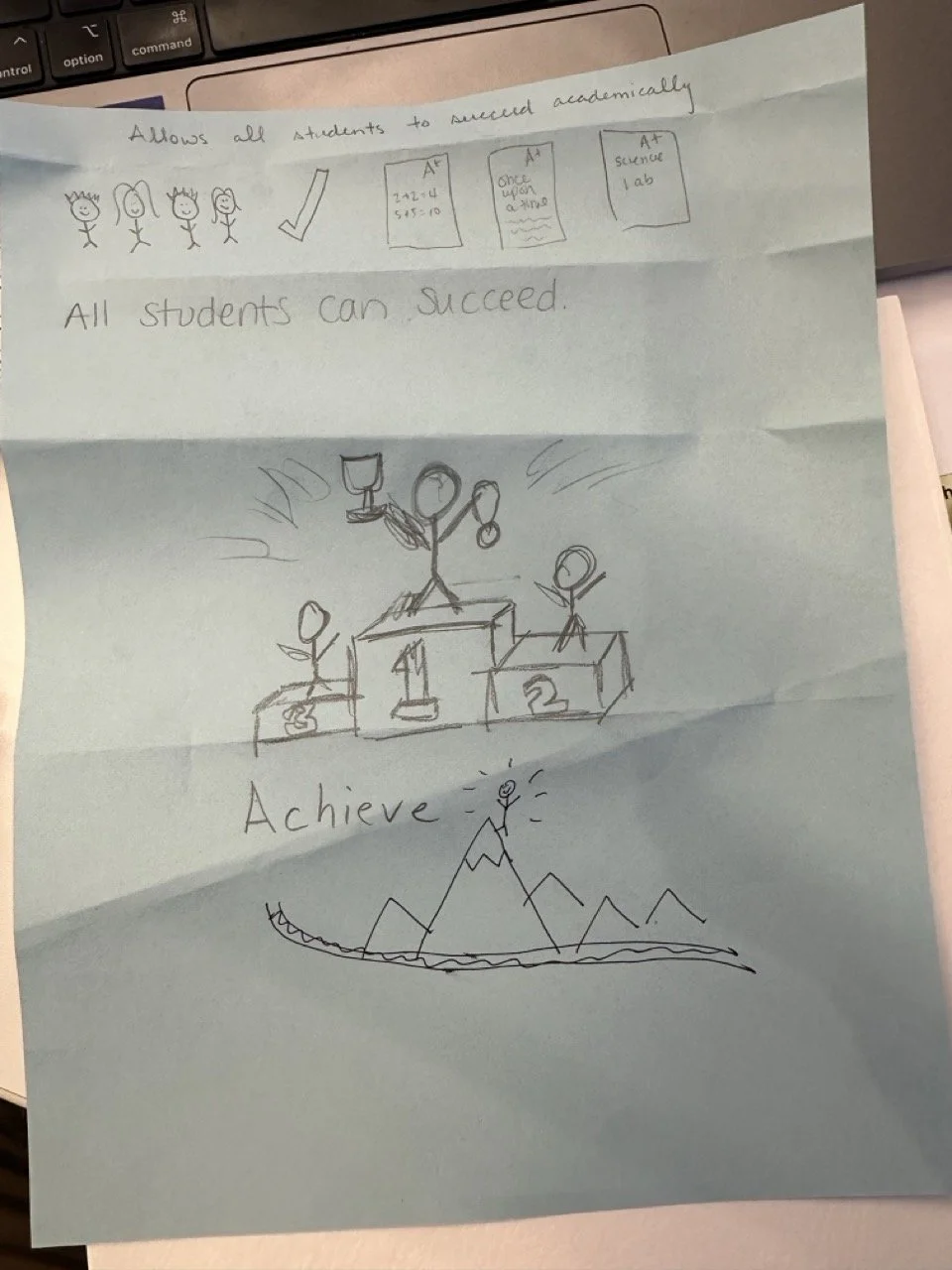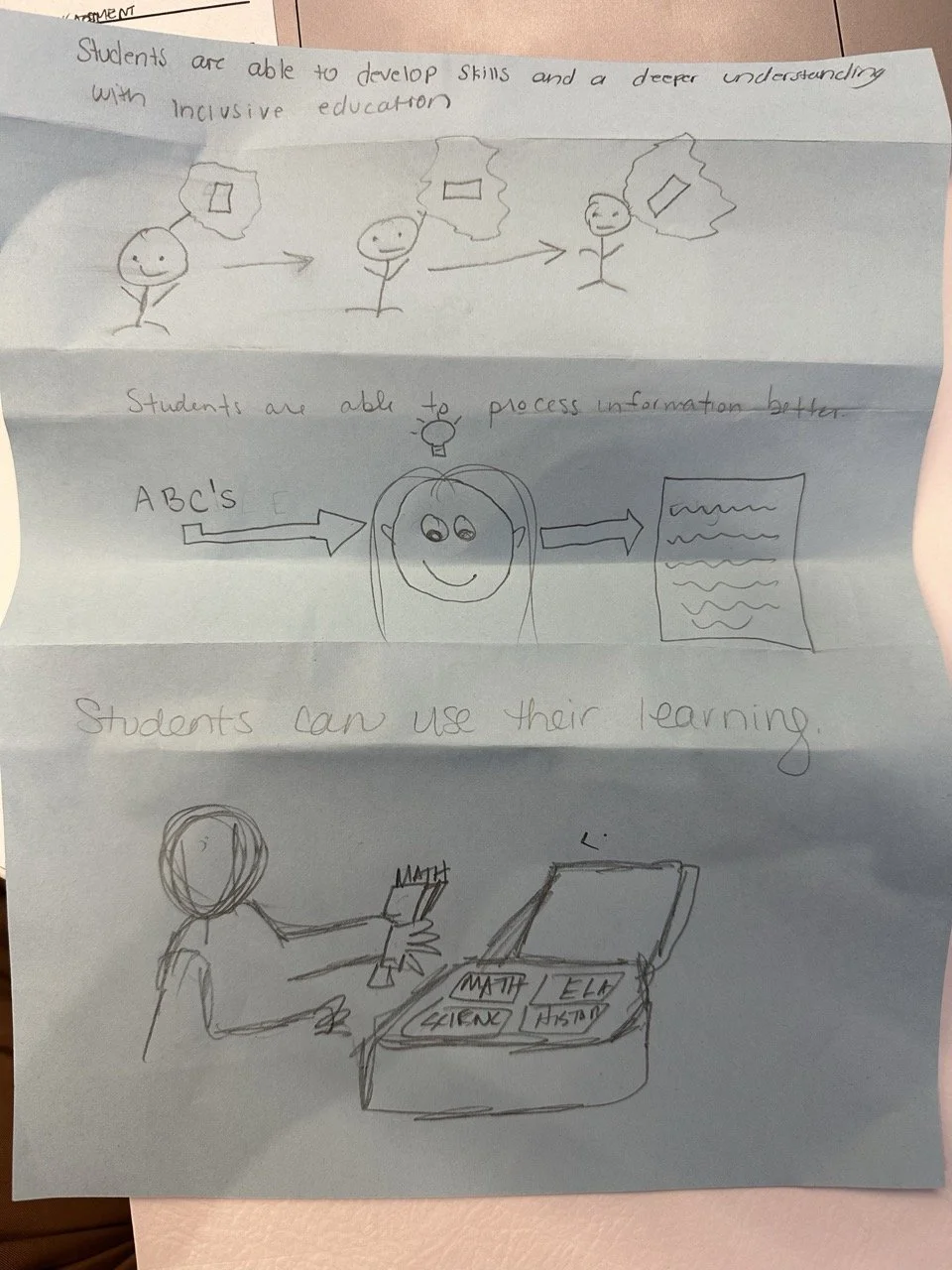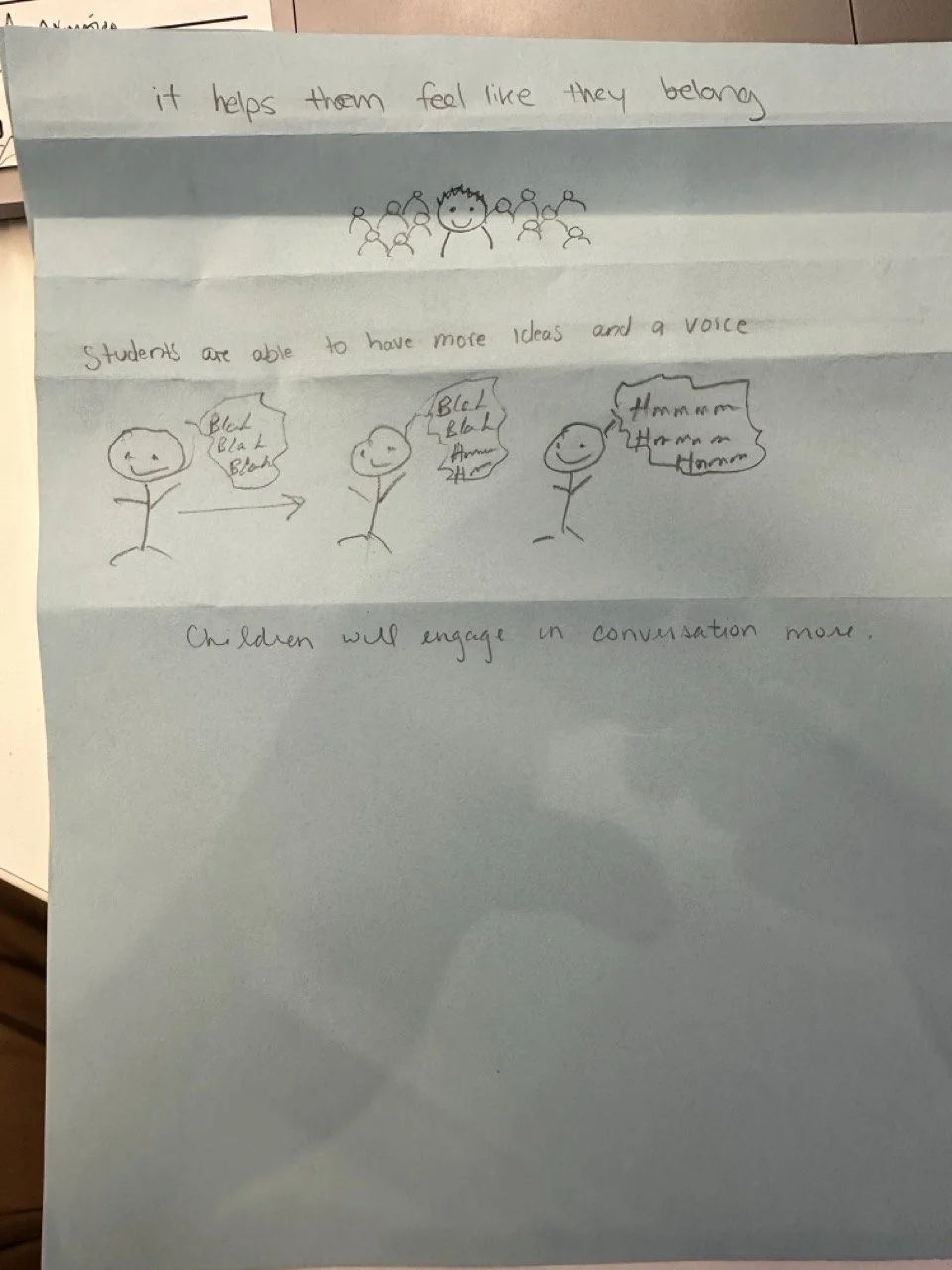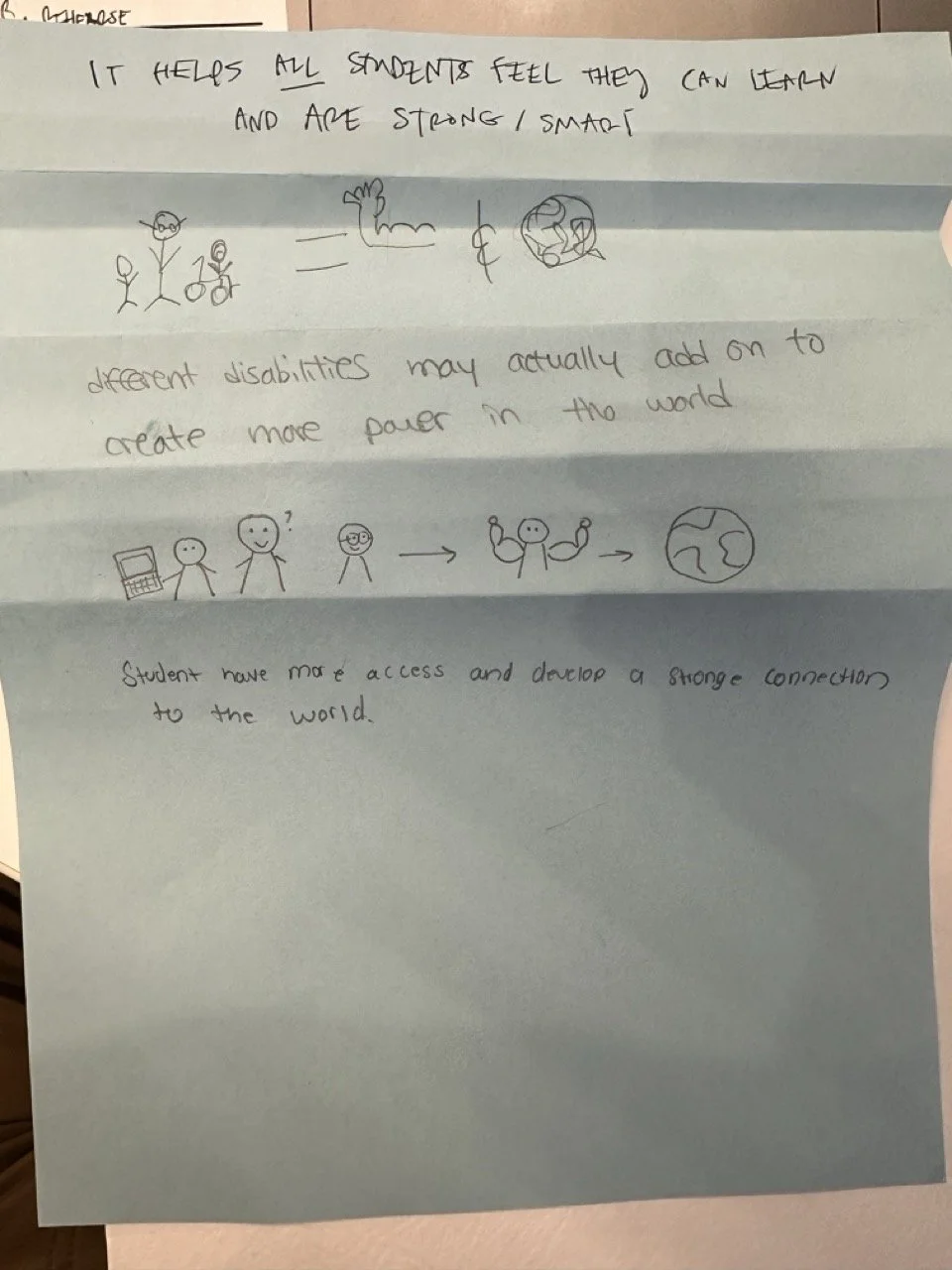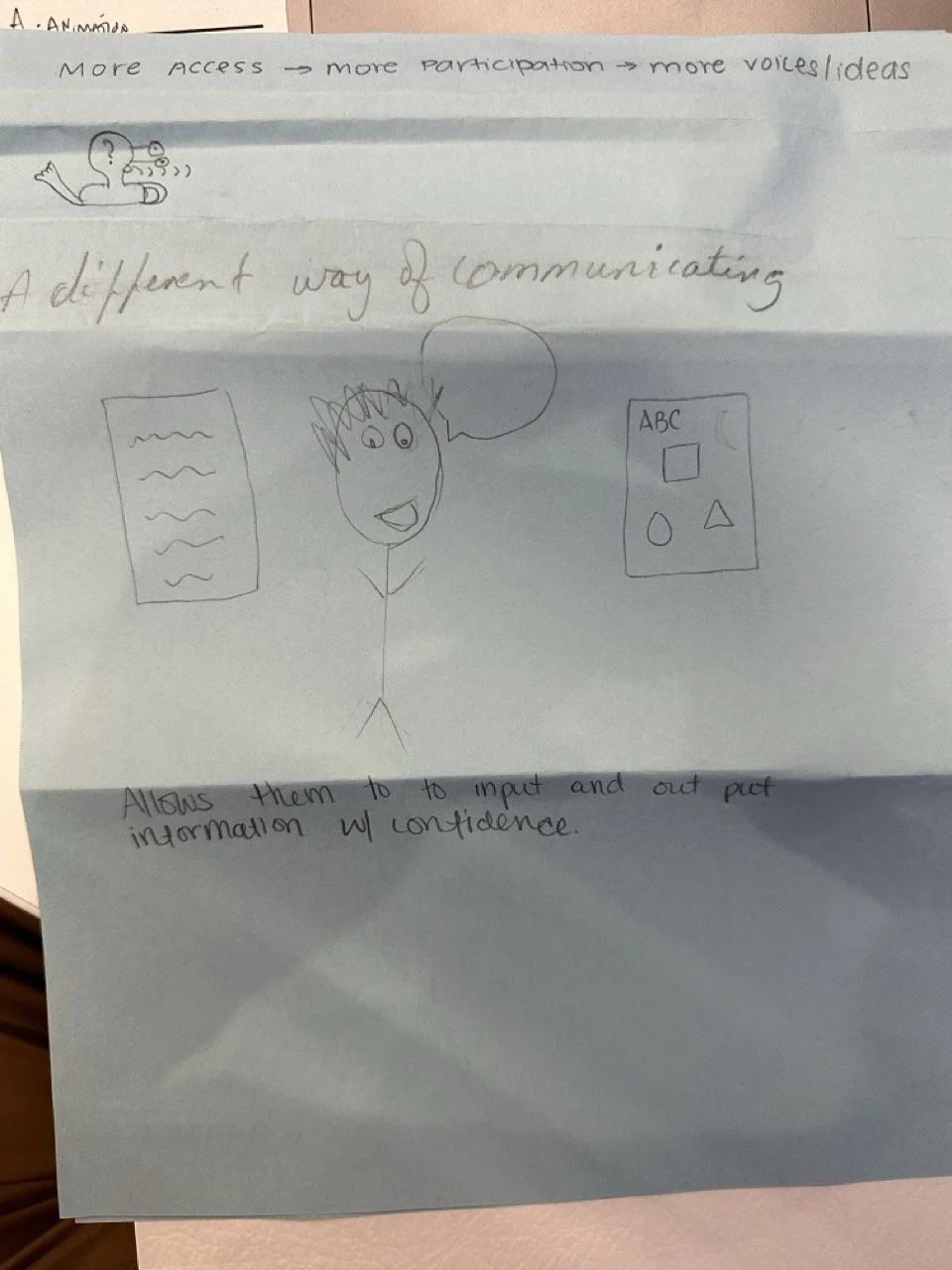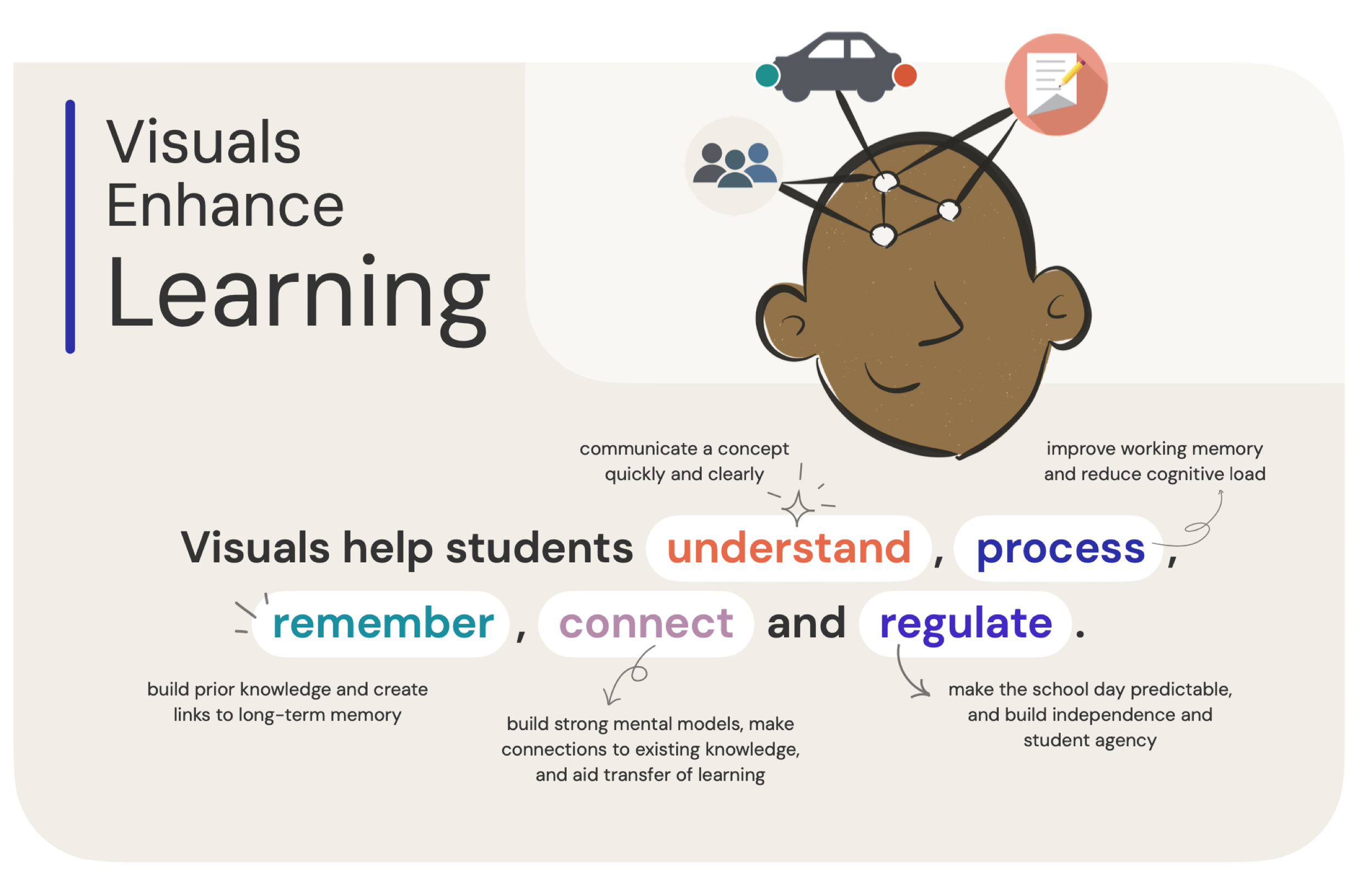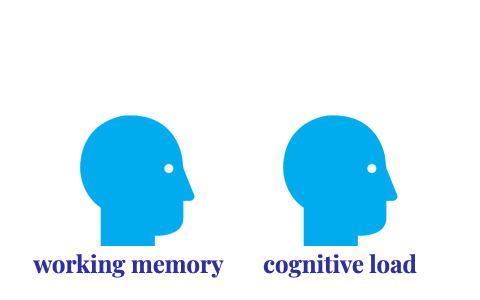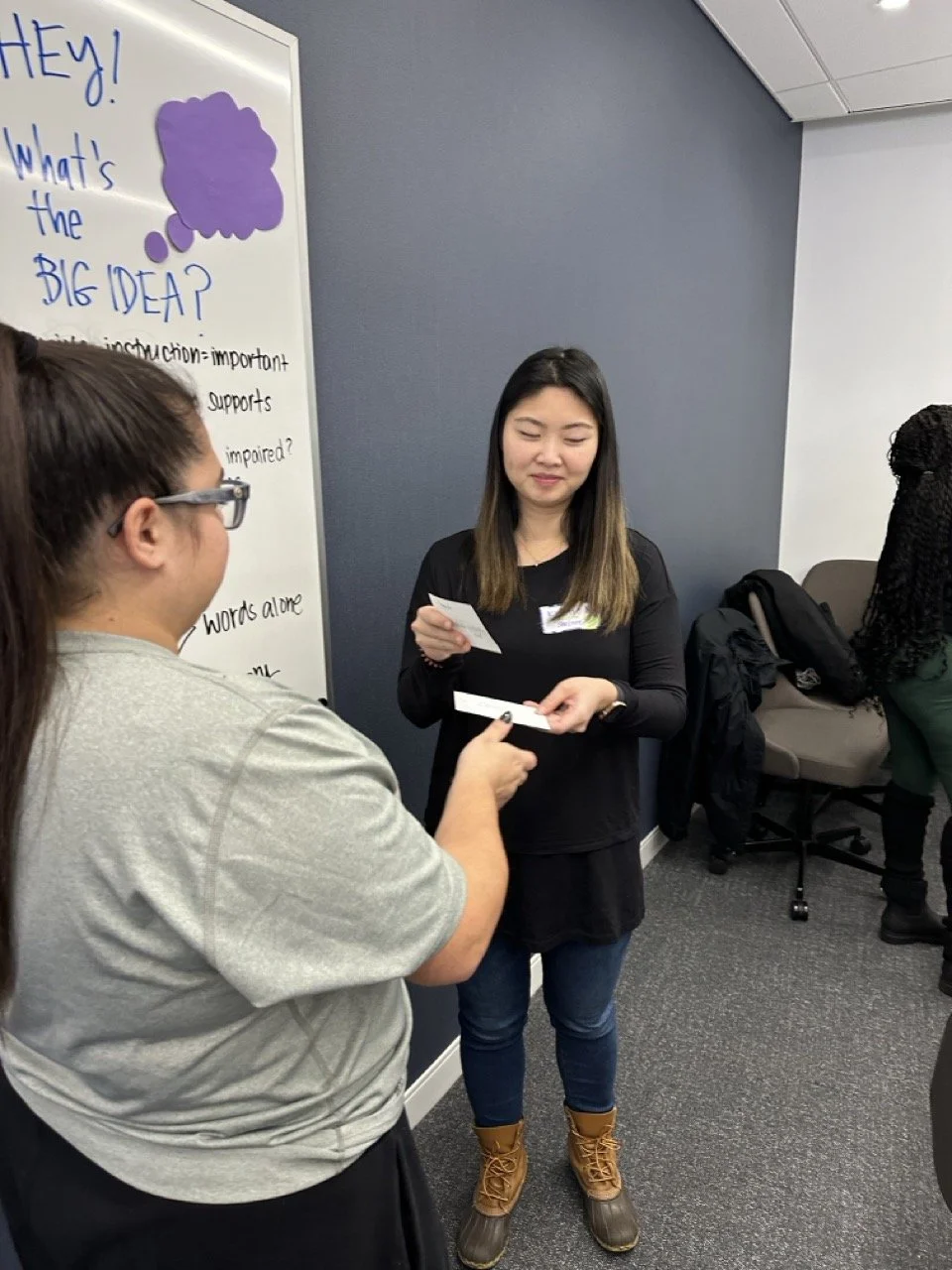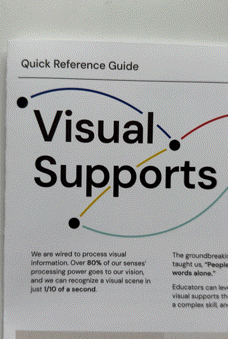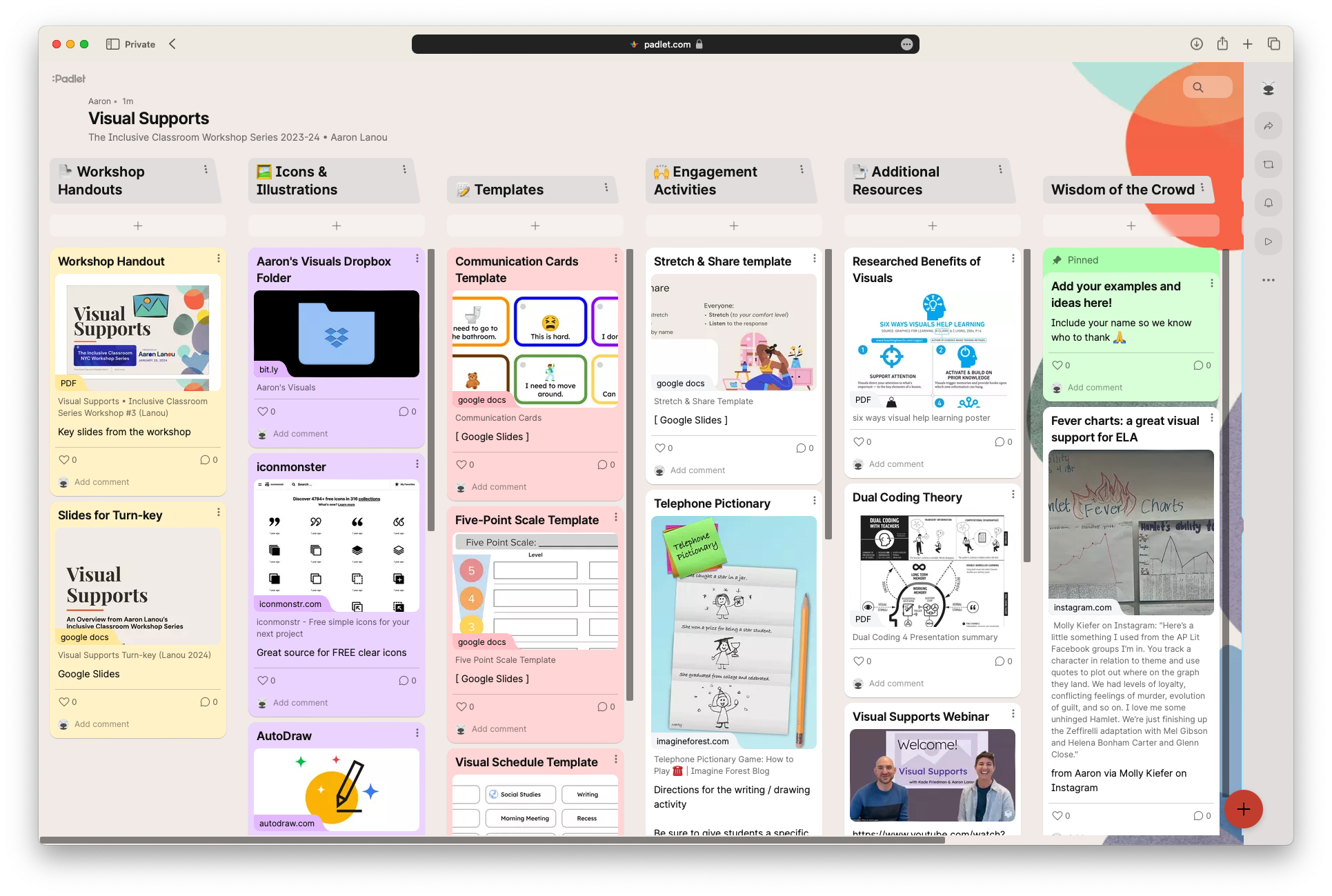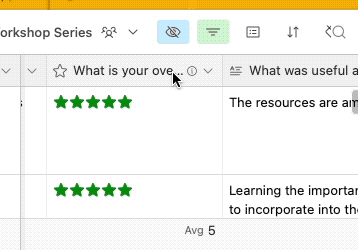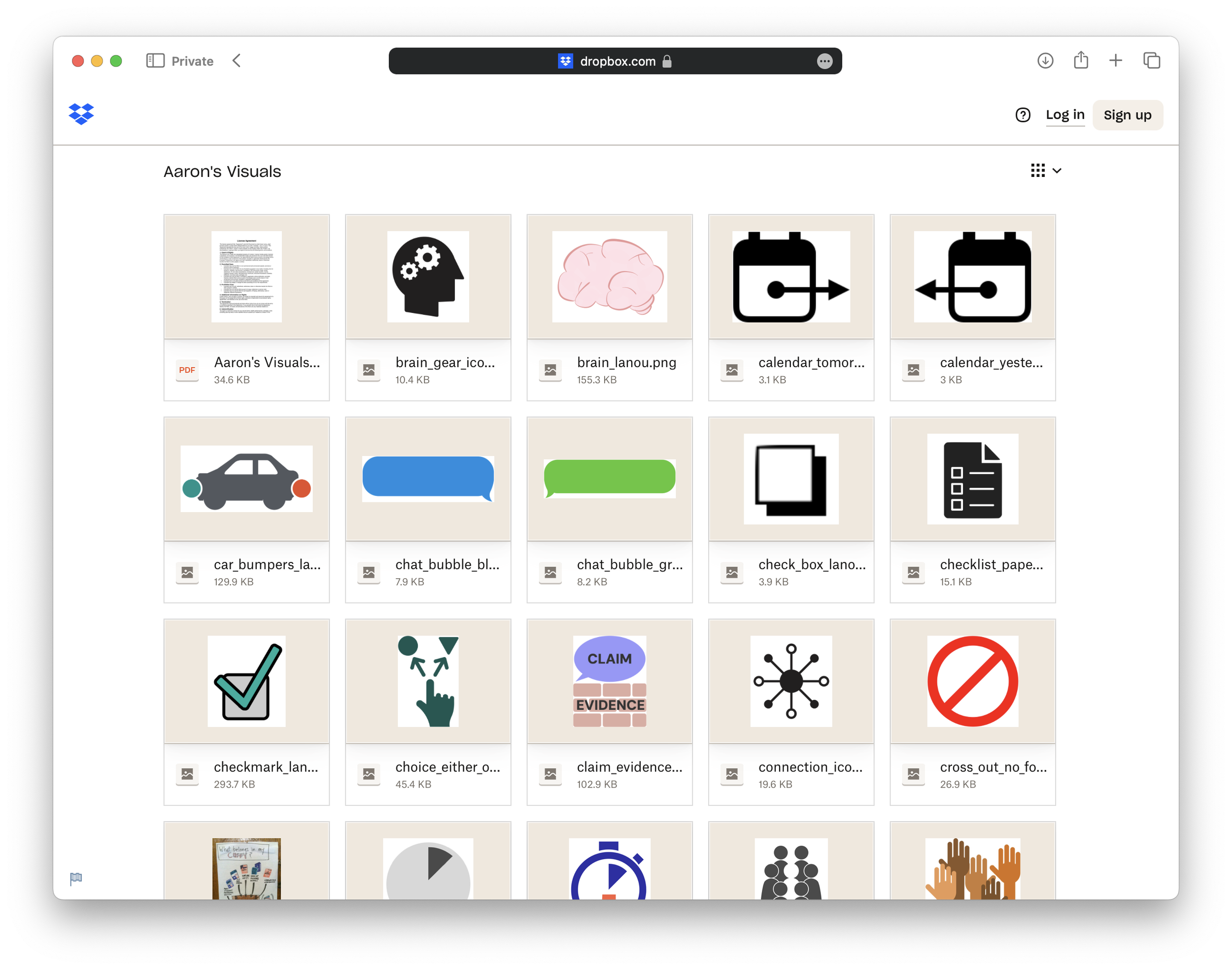
Visual Supports Workshop
Let’s get visual! visual!
Visual supports are an important and powerful go-to strategy in inclusive classrooms. But there are so many ways teachers can get visual!
In January 2024, a group of teachers from across New York City came together for my Visual Supports workshop, part of the Inclusive Classroom Workshop Series.
We explored the purpose and principles of visuals, explore visuals in practice, and went into production mode to create visuals for their classrooms.
Exploring inclusion—visually
We played a rousing game of Telephone Pictionary to explore the benefits of inclusive education. Passing papers down the table and alternating between sketching and writing, folks got to see how others thought about inclusion, and challenged themselves to represent their colleagues ideas visually and in writing.
Check out some of the results…
Principles & Purpose
Visual supports enhance learning. We explored the many ways visuals benefit students in the classroom: helping them understand concepts, remember content better, connect ideas, and better regulate when the school day is made predictable.
Did you know?
We actually learn better when we combine visual and verbal information.
According to dual coding theory, pairing a visual with verbal information increases working memory and minimizes cognitive load—allowing students to process better and learn more!
Icons: Oliver Caviglioli
Visuals in Practice
One simple way to use a visual in the classroom is to display an icon that represents a direction that you give repeatedly.
Folks at the workshop sketched an idea for their visual direction and played “Check out My Icon!”
Producing Visual Supports
There are a near endless number of ways that teachers can use visual supports in the classroom. Two categories we explored were routines and lessons.
Routines
Consistent routines are key to a smooth running classroom. Using visual supports can help students understand expectations like when to raise their hand in a lesson, and manage materials like where to store their notebooks.
Lessons
Whether a new skill, a complex procedure, or an abstract concept, visual supports can help students focus on, understand, and remember the content you’re teaching. Visuals make ideas concrete and create a permanent artifact that students can refer to and return to over time
Check out some of the many examples we explored in the workshop!
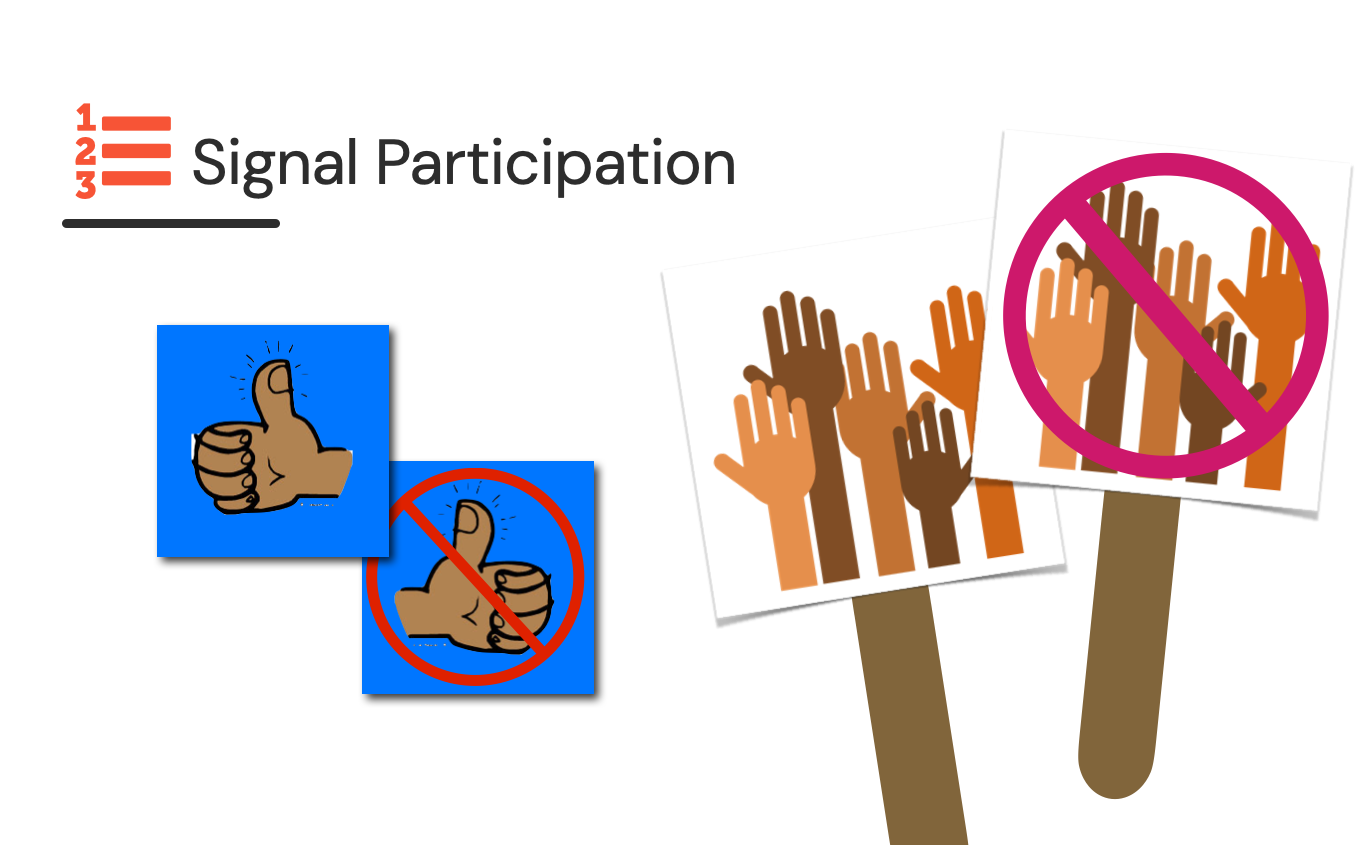
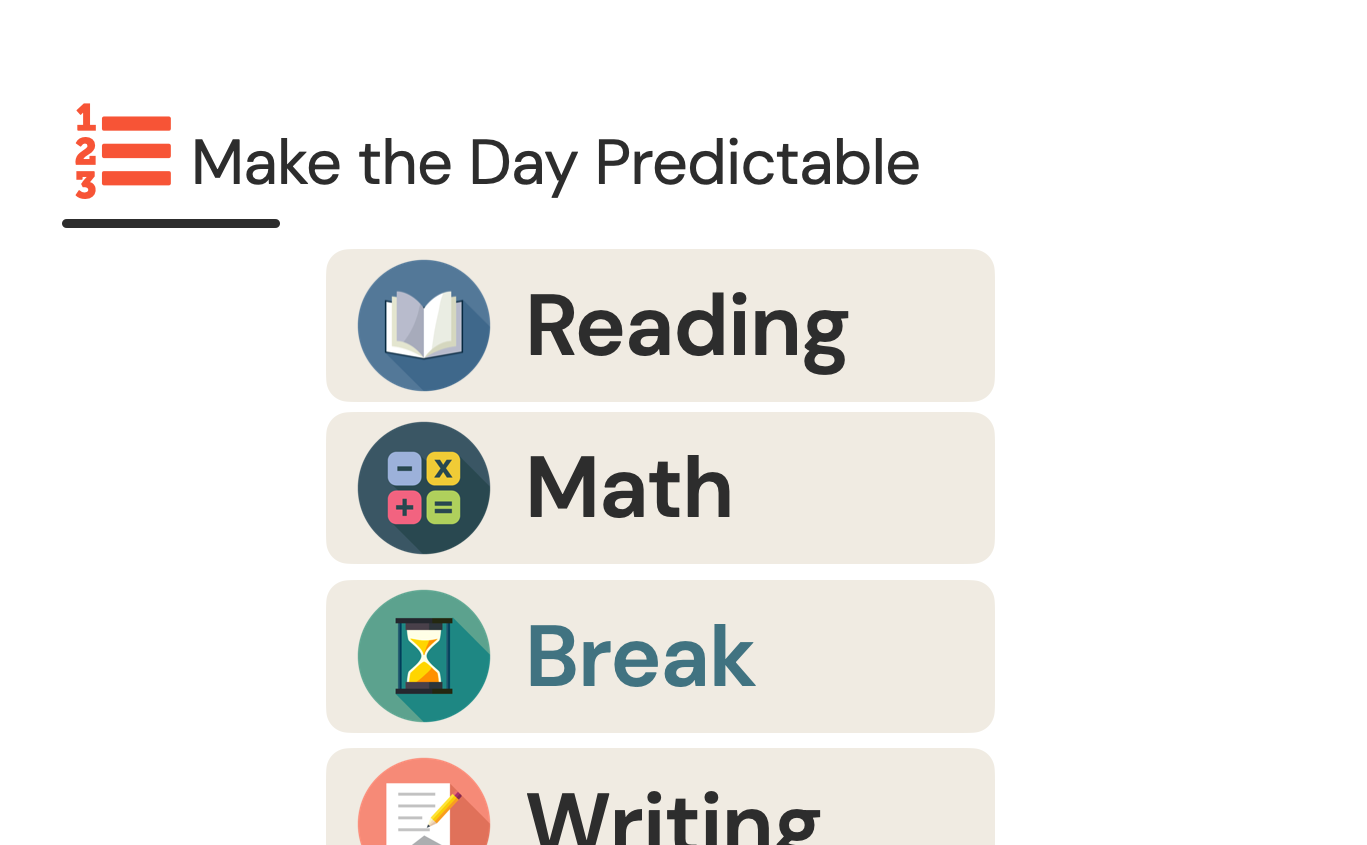
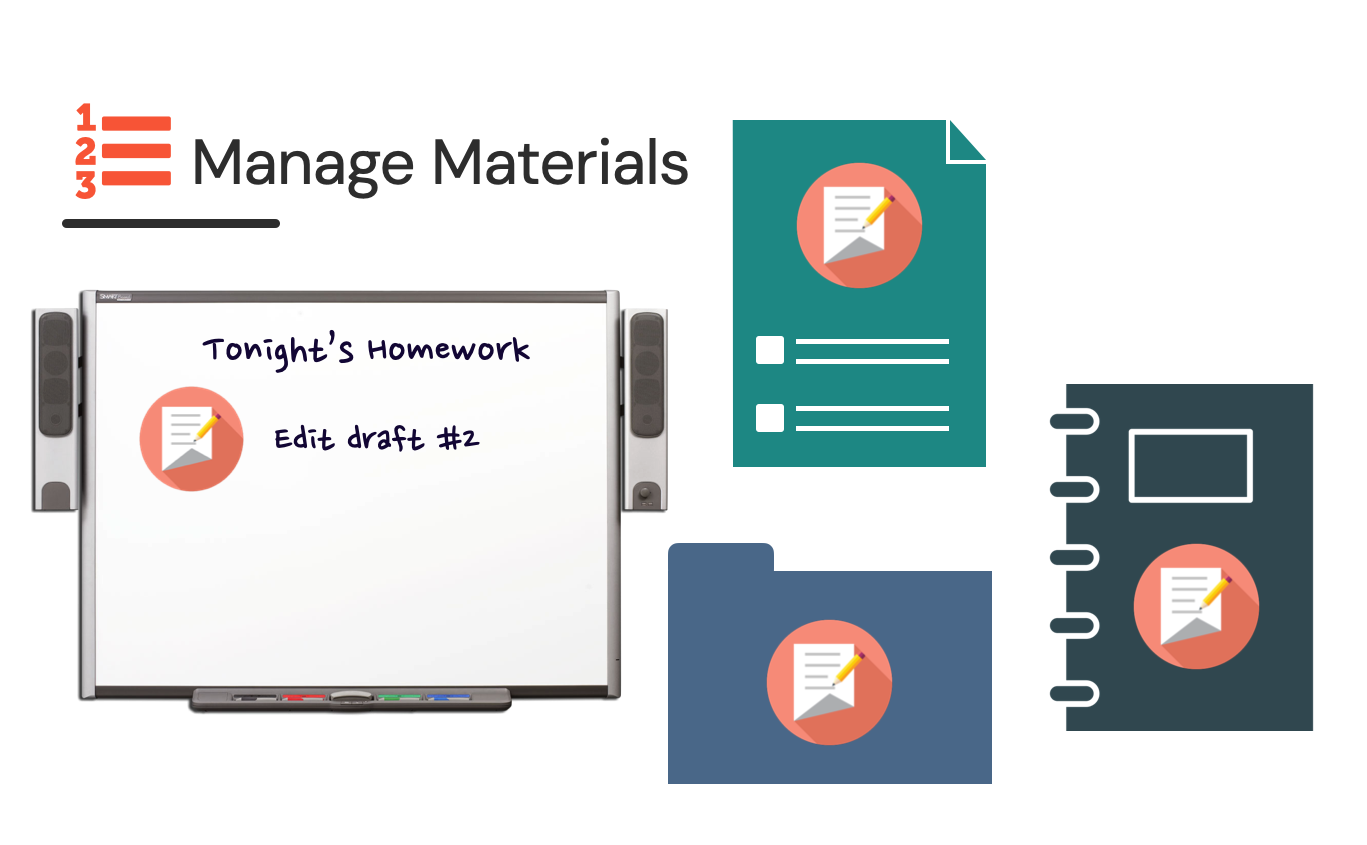
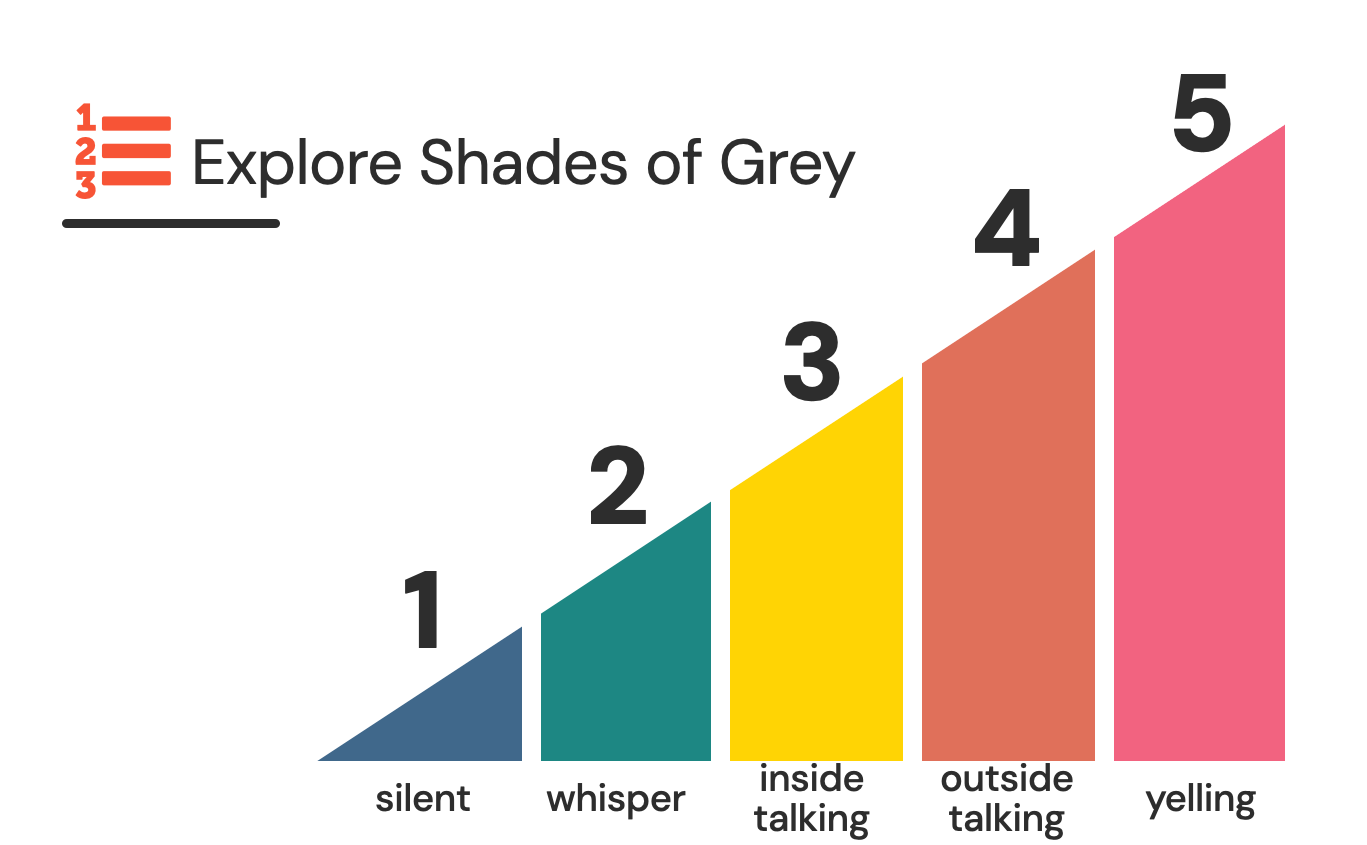
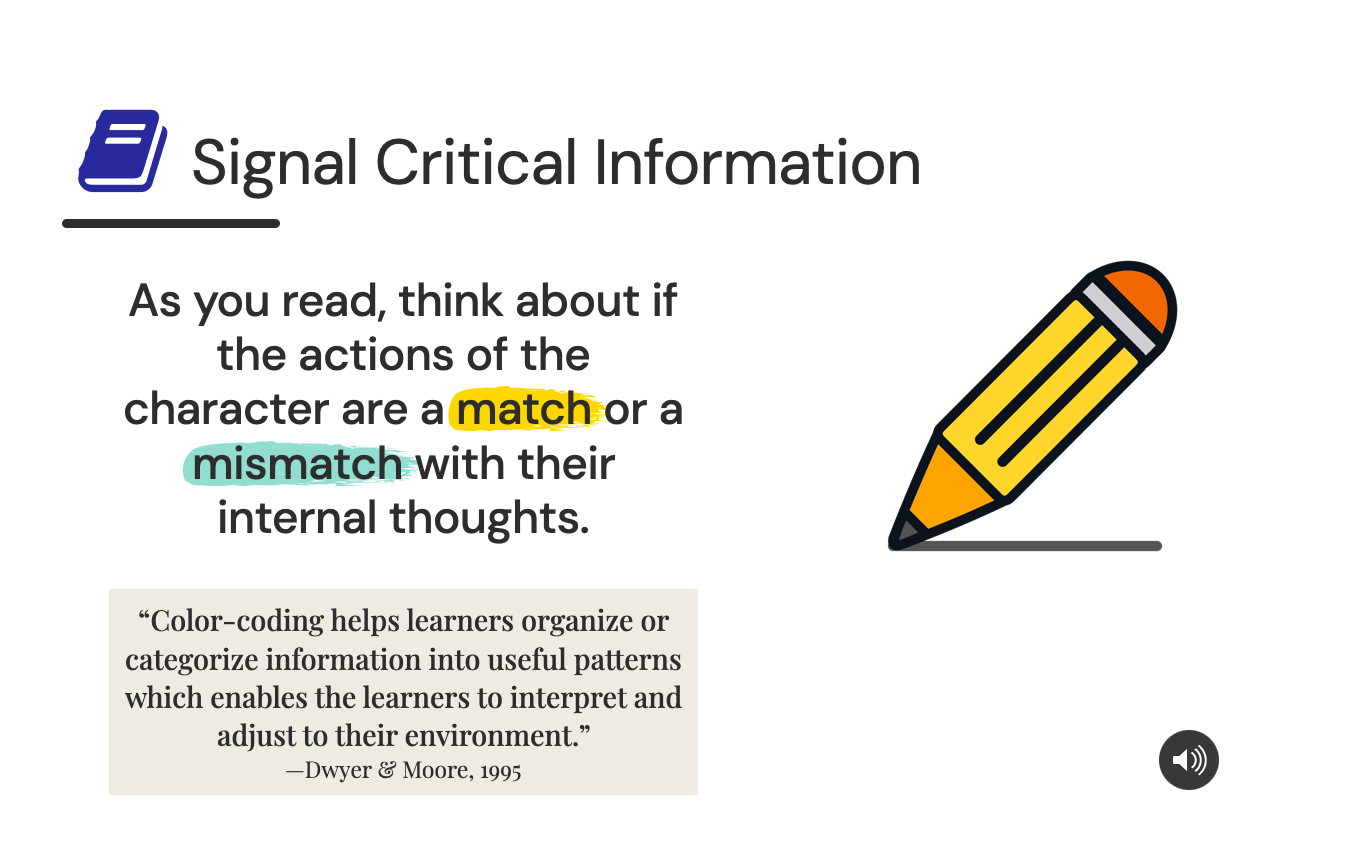
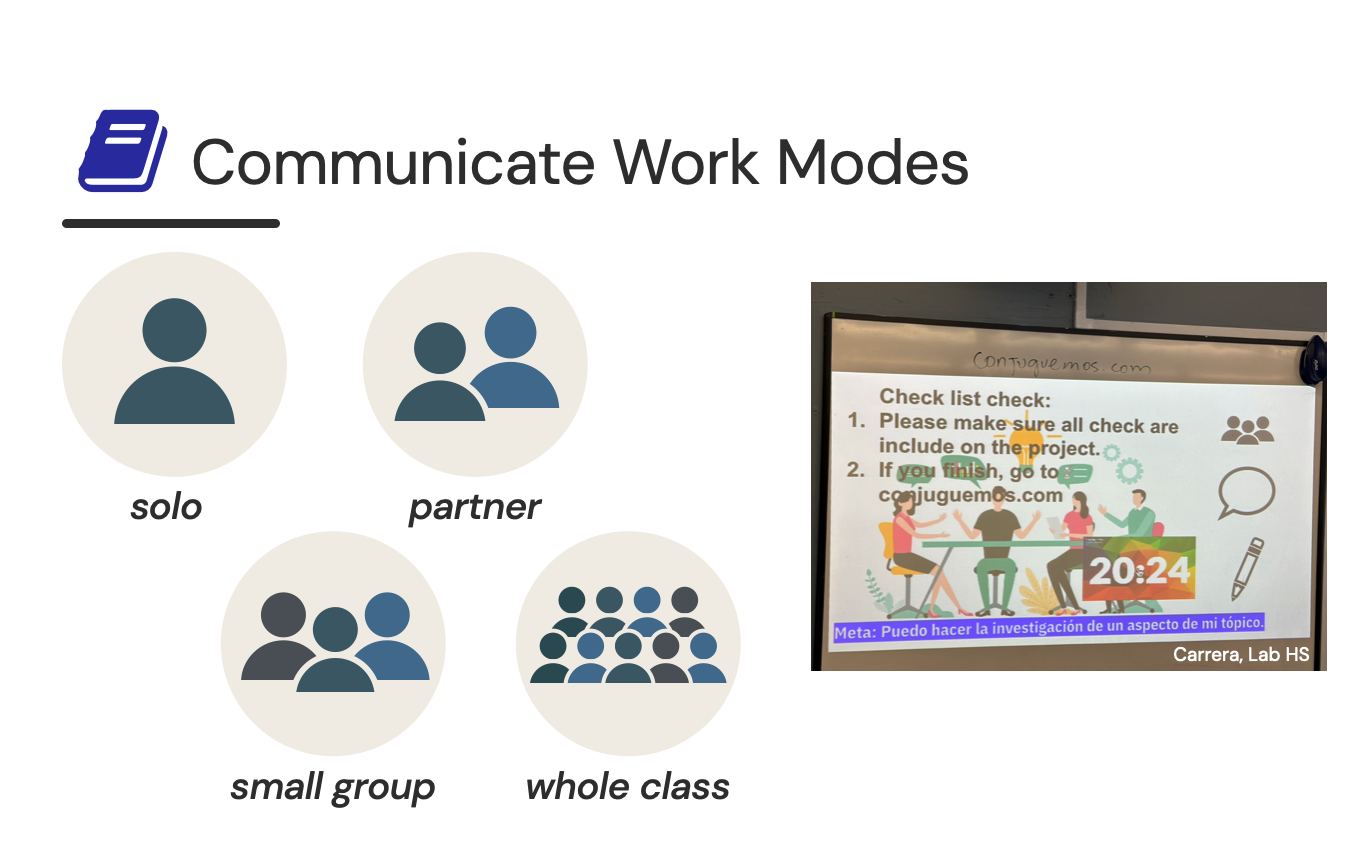
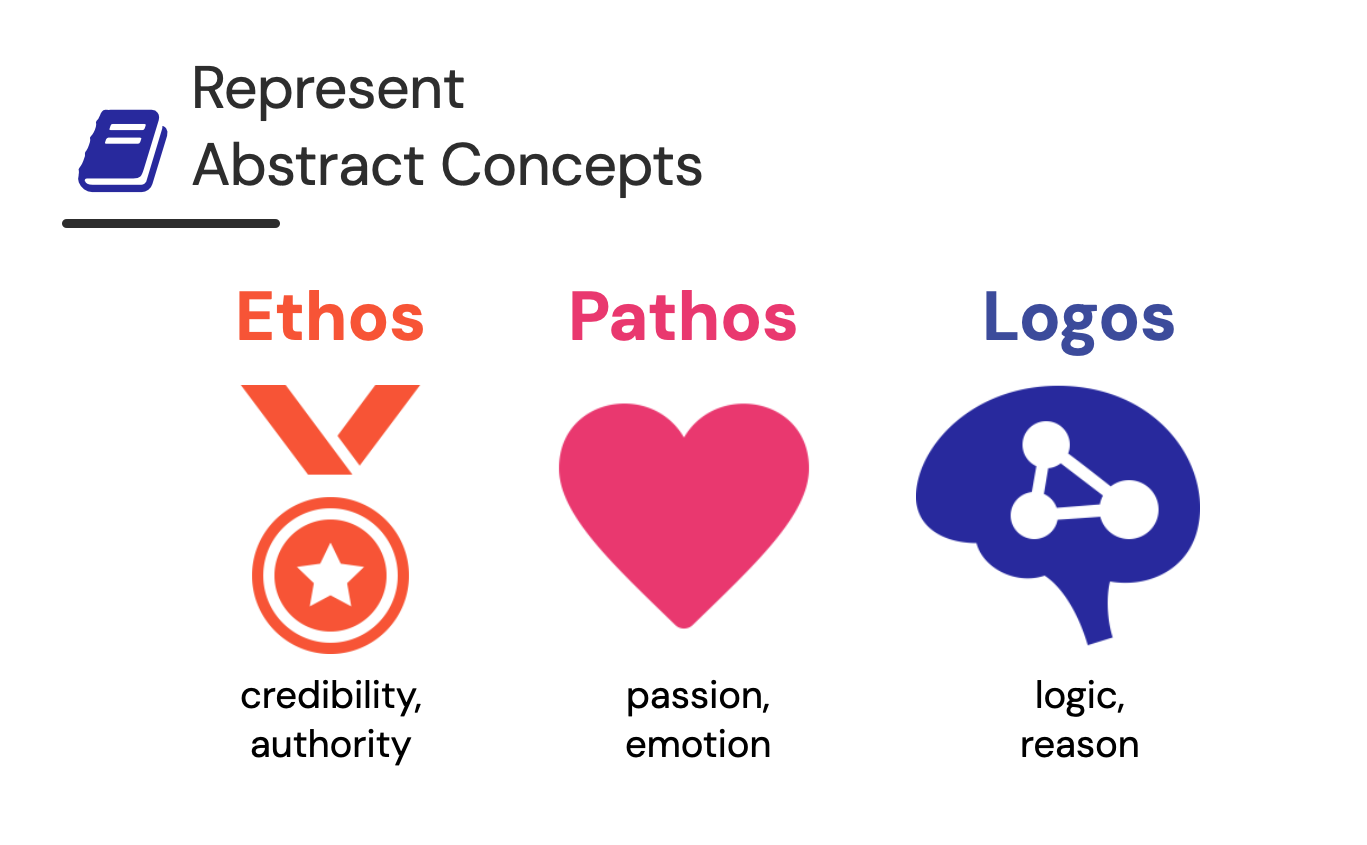
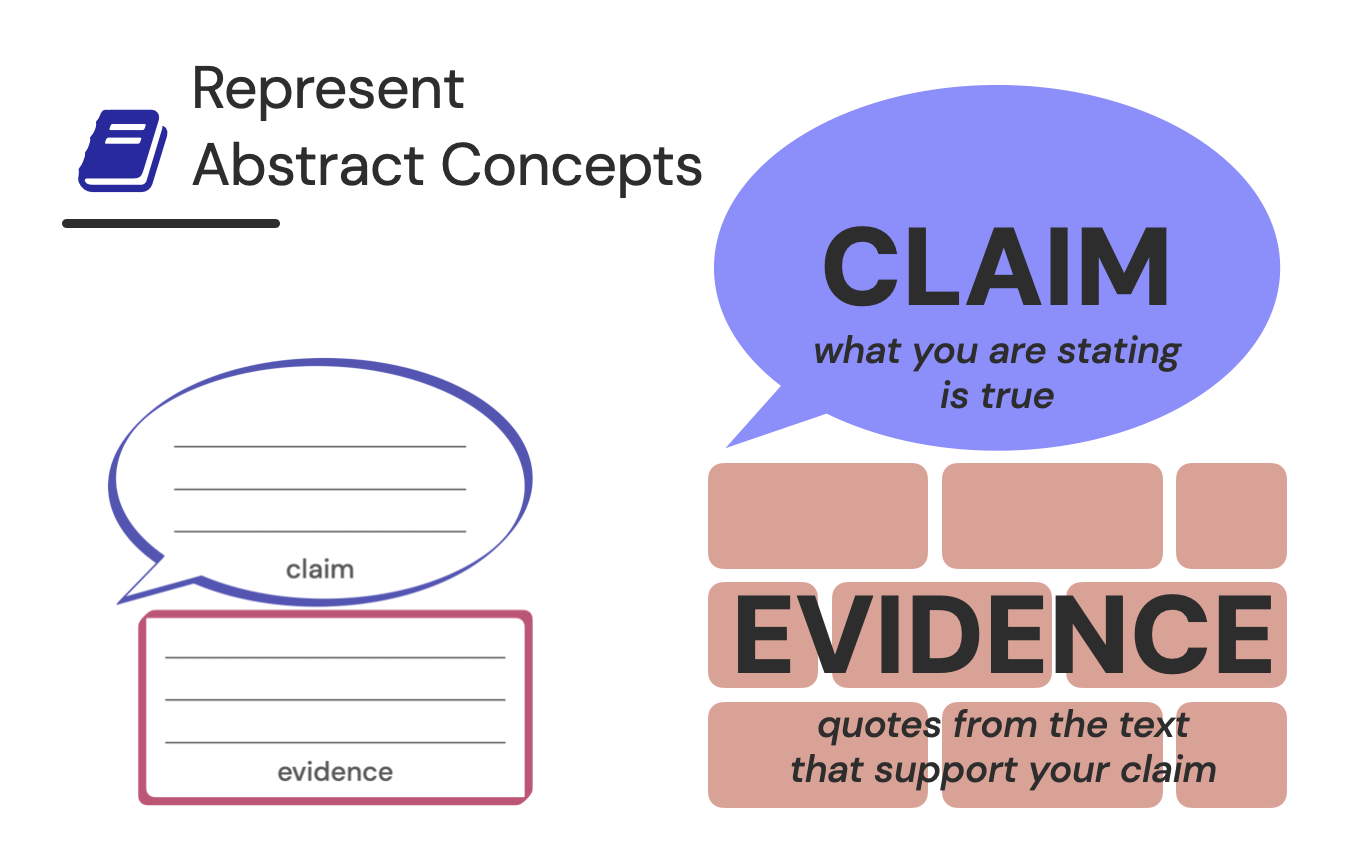
Take-aways
The real work happens back in folks’ schools. So that everyone had the resources they would need to be able to apply the practices in their settings, participants received:
a Quick Reference Guide that paralleled the workshop content, designed by Rex Huang
access to a Padlet page with multiple examples, links, and templates
Fives across the board!
The participants gave great feedback to this full-day workshop. Folks said it was practical and useful, and it got a unanimous five-star overall rating!
One participant shared:
“The most dynamic, engaging PD I’ve ever attended!”
Aaron’s Visuals
Over the last many years, I’ve created all sorts of visuals for classrooms: hand-raising icons, an illustration of the brain, and check boxes galore...
Why not offer them to educators to use in their classrooms?
Just sign up for my newsletter below and you’ll receive the link to the folder of my ever-growing collection of visuals for the classroom!




